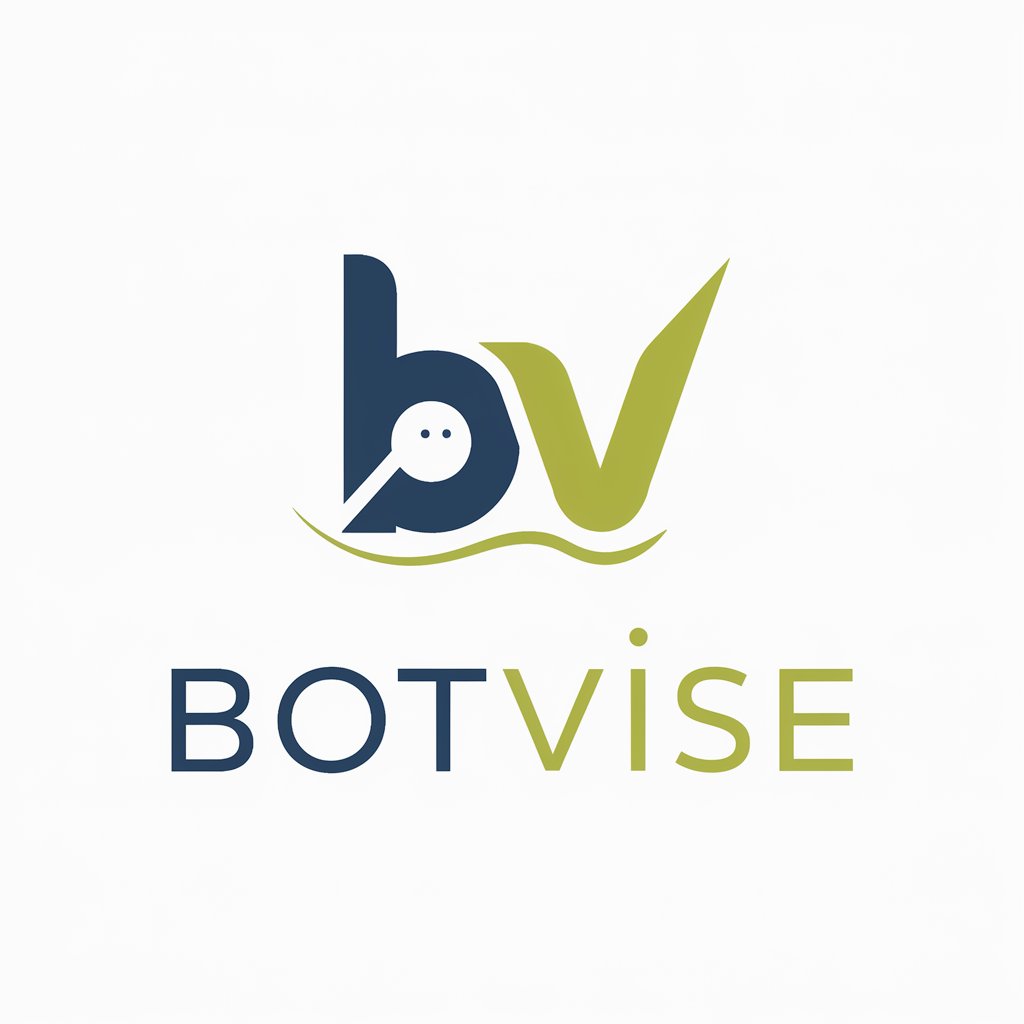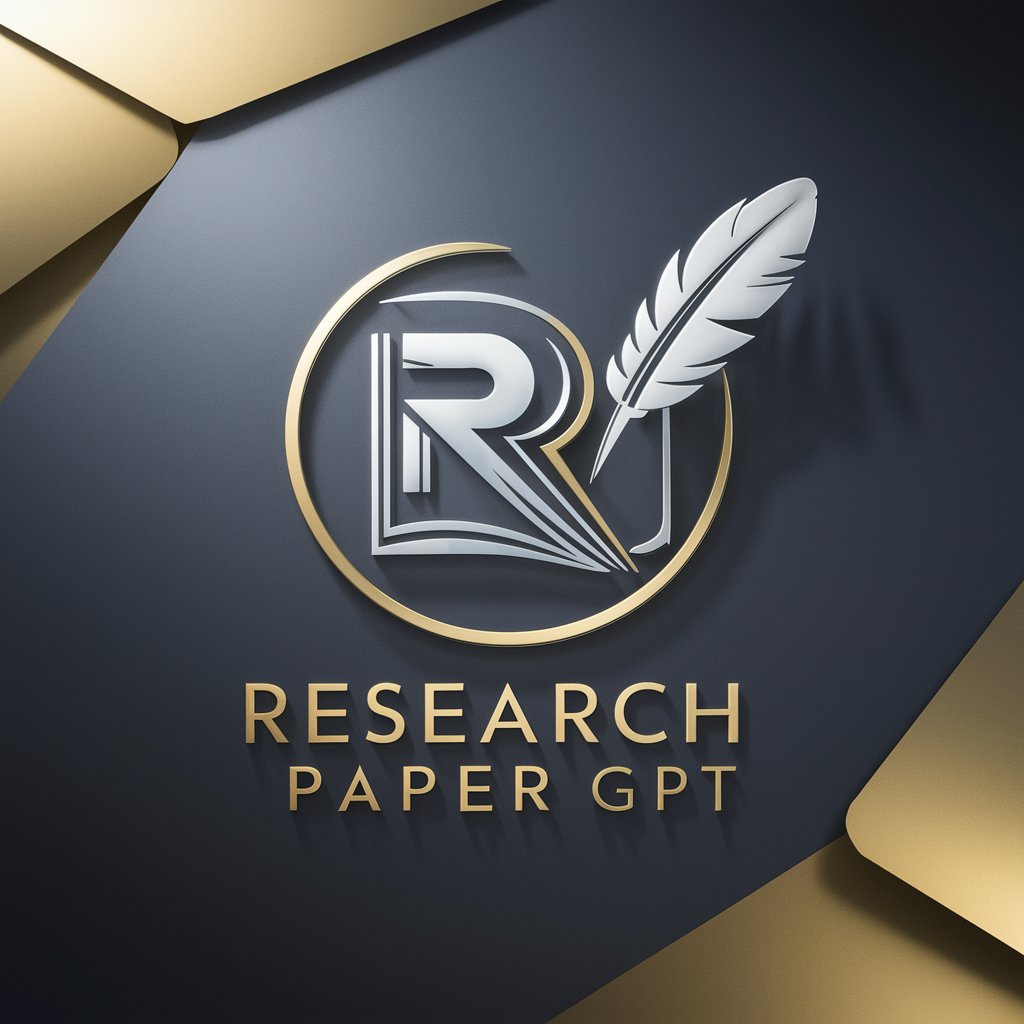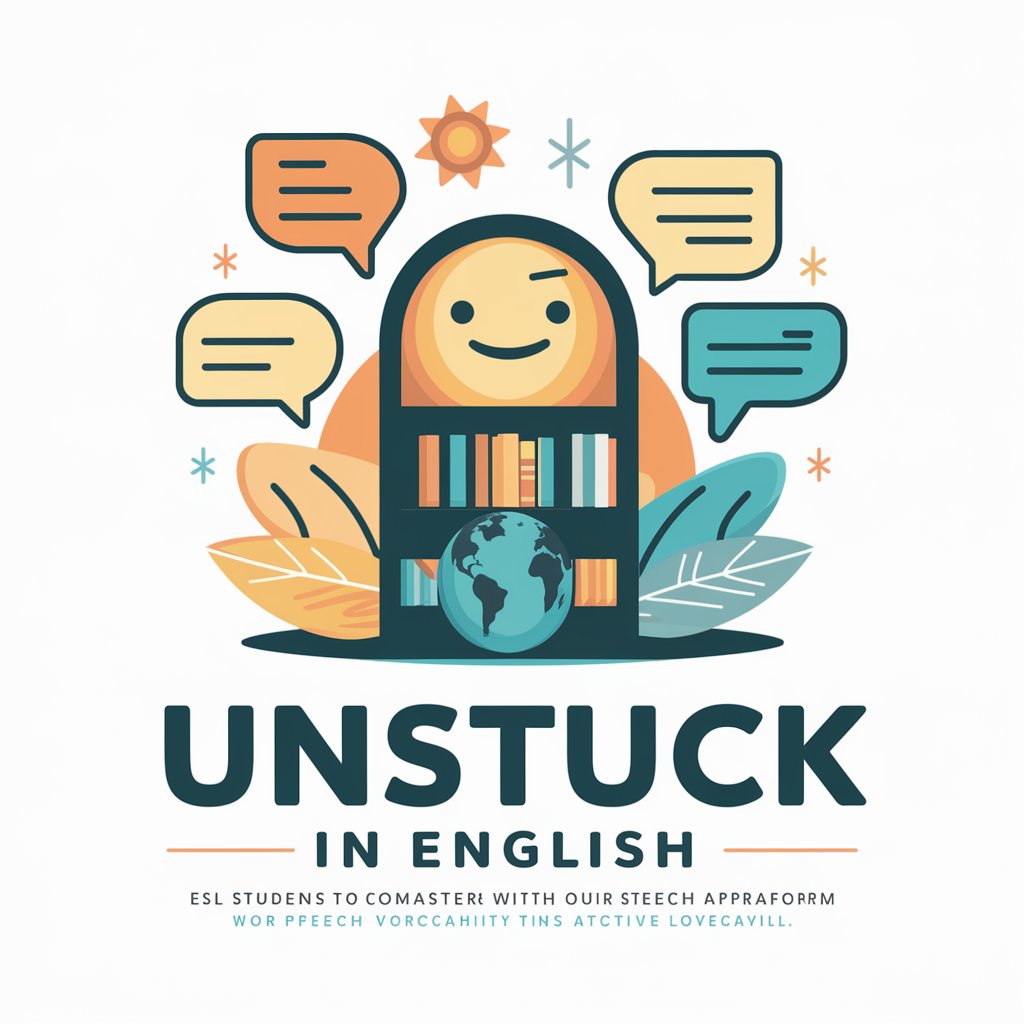Plant and Mushroom ID - Plant & Mushroom Identification

Hello! Let's explore your gardening and plant questions safely and accurately.
AI-powered nature exploration at your fingertips.
Is this mushroom safe to eat?
Identify this wild berry for me.
What plant is this in my garden?
Can you tell if this fruit is edible?
Get Embed Code
Overview of Plant and Mushroom ID
Plant and Mushroom ID is designed as a specialized tool for the identification and analysis of various flora and fungi. It assists users in recognizing and understanding different species of plants and mushrooms, leveraging detailed descriptions, photographs, and other relevant data provided by users. This tool is adept at distinguishing between similar species by analyzing critical features such as leaf patterns, flower structures, mushroom cap shapes, gill arrangements, and habitat contexts. For example, when presented with an image of a mushroom, it can suggest possible identifications based on cap shape, color, and visible surface features, while also advising on additional information needed for a more precise identification, such as spore print color or stem characteristics. Powered by ChatGPT-4o。

Key Functions of Plant and Mushroom ID
Species Identification
Example
Determining a mushroom species from a photo by analyzing its gill structure, cap shape, and color.
Scenario
A hiker finds an unfamiliar mushroom in the forest and uploads a photo for identification. The tool analyzes the image, noting the mushroom's distinctive features, and suggests it may be a Chanterelle, advising caution due to potential look-alikes.
Toxicity Assessment
Example
Evaluating the potential toxicity of a berry found in the wild.
Scenario
A user comes across an unknown berry bush and submits a photo. The tool assesses the berry's characteristics, such as color, shape, and the plant's leaf arrangement, to provide a preliminary toxicity risk level, emphasizing the need for caution and further verification before consumption.
Habitat Analysis
Example
Identifying suitable environments for specific plant or mushroom growth.
Scenario
A gardening enthusiast wants to know if a particular wildflower can be cultivated in their garden. They describe their local soil type, sunlight exposure, and climate. The tool analyzes this information to offer advice on the flower's habitat preferences and cultivation feasibility.
Educational Insights
Example
Providing detailed botanical or mycological information about a species.
Scenario
A student is researching different types of ferns for a biology project. They upload images and descriptions of ferns they've found. The tool not only identifies the ferns but also supplies interesting facts about their lifecycle, ecological role, and historical uses.
Target Users of Plant and Mushroom ID
Nature Enthusiasts
Individuals who enjoy hiking, foraging, or simply exploring the outdoors will find this tool invaluable for learning about the plants and mushrooms they encounter, ensuring safe and informed interactions with nature.
Educators and Students
Teachers and learners in the fields of biology, botany, and environmental science can leverage this tool to enhance their understanding and education of plant and fungal diversity, morphology, and ecology.
Conservationists and Ecologists
Professionals working in conservation, ecology, and environmental management can use this tool to identify and document species in their natural habitats, contributing to biodiversity monitoring and conservation efforts.
Gardeners and Agriculturists
Those involved in gardening, farming, and horticulture can benefit from identifying beneficial or harmful plant species, understanding their growth requirements, and managing their gardens or crops more effectively.

How to Use Plant and Mushroom ID
Initiate Trial
Begin by visiting yeschat.ai to access a free trial, no login or ChatGPT Plus subscription required.
Prepare Images
Gather clear, high-resolution images of the plant or mushroom you wish to identify. Include various angles and close-ups of distinct features such as leaves, flowers, or gills.
Upload and Describe
Upload your images and provide any known details about the specimen, such as location found, habitat, and observed characteristics.
Review Guidelines
Familiarize yourself with the guidelines for safe and responsible foraging, if applicable to your inquiry, to ensure sustainable practices and personal safety.
Receive ID and Info
Submit your query and wait for the AI to analyze the images and data. You'll receive an identification along with relevant information about the specimen, including potential toxicity.
Try other advanced and practical GPTs
Abaut Video Edit Buddy
Empowering Creativity with AI Video Editing

The Library of Alexandria
Rediscovering History with AI-Powered Scholarship

BotVise
Empowering Chatbots with AI Innovation

AI Logo Generator
Craft Your Brand’s Identity with AI

Fortune Cookie
Unlock daily joy with AI-powered fortunes

Acupuncture 晓庆
Empowering TCM Education with AI

Research Paper GPT
Streamlining Academic Research with AI

Unstuck in English
Elevate Your English with AI-Powered Learning

AmazonBedrock Expert
Empowering AWS Integration with AI

Able-Nature's Echo.
Explore Nature with AI

Legal Education in the Digital Age
Empowering Legal Education with AI

Logic Puzzle Master
Sharpen Your Mind with AI-Powered Puzzles

Frequently Asked Questions about Plant and Mushroom ID
What types of plants and mushrooms can Plant and Mushroom ID identify?
Plant and Mushroom ID can identify a wide range of plants and mushrooms, from common species found in gardens to rare varieties in wild habitats. It covers trees, flowers, herbs, fungi, and more.
How accurate is the identification process?
The accuracy of identification depends on the quality of the images and information provided. Clear, detailed photos and comprehensive background details significantly enhance identification accuracy.
Can Plant and Mushroom ID provide information on a plant's or mushroom's edibility?
Yes, it can offer guidance on the potential edibility of plants and mushrooms. However, it emphasizes caution and advises consulting with a local expert before consuming any wild specimens.
Is there a limit to how many specimens I can identify at once?
While there's no strict limit, it's best to submit specimens individually for more accurate and detailed identifications. This approach allows the AI to focus on the specific characteristics of each specimen.
Can Plant and Mushroom ID help with academic research?
Absolutely. It can assist in identifying specimens for academic research, providing information that may be useful for studies in botany, mycology, ecology, and environmental science.
